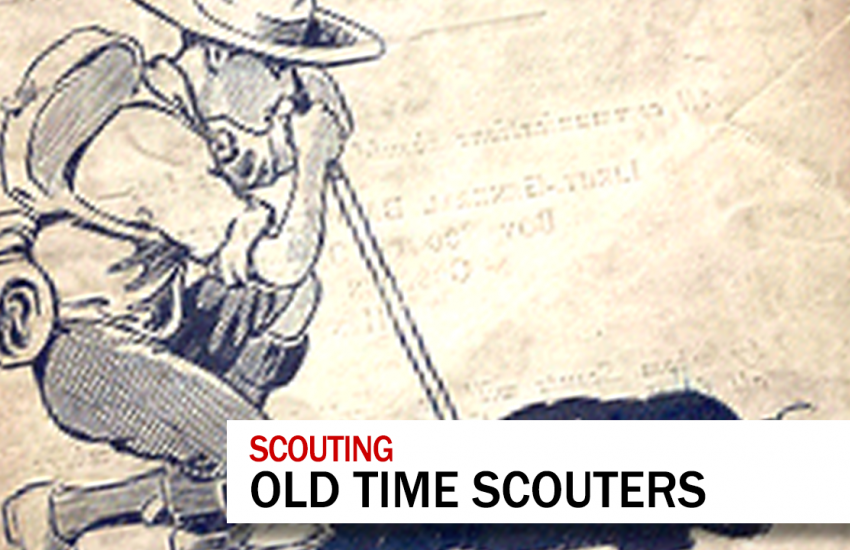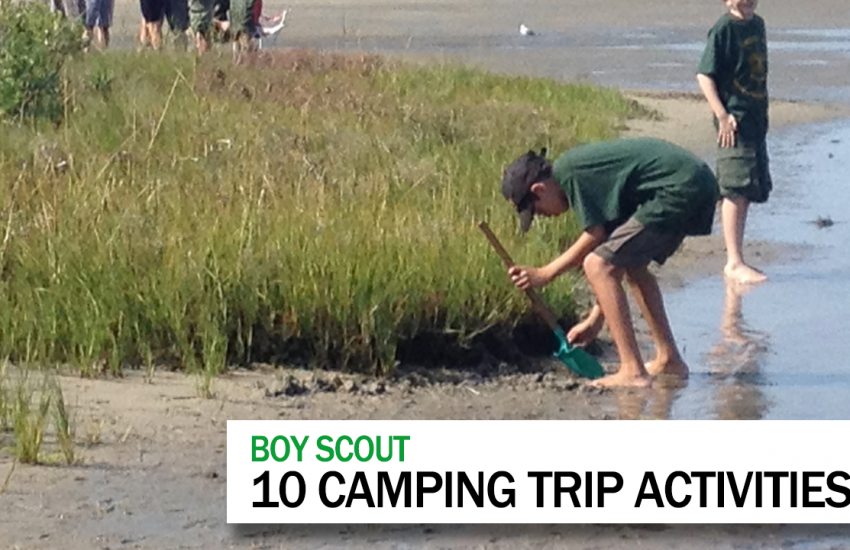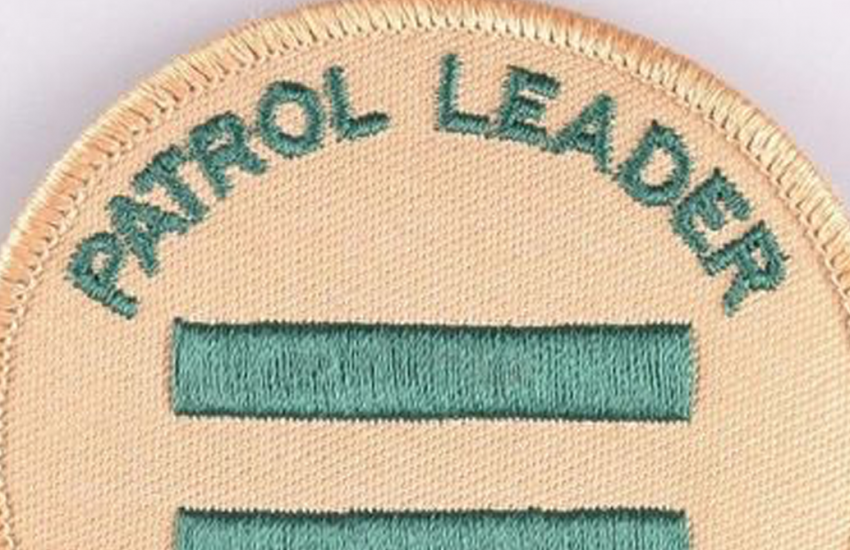The boy scouting program has a wealth of volunteers who remain with the program long after their kids age out of the program. This ScoutmasterDave discussion is how to maximize the potential of these individuals and make a better Scouts BSA program for the twenty-first century.
Show Notes:
- Boy Scouts Handbook: The First Edition, 1911 (Amazon.com)
- Scouting for Boys: The Original 1908 Edition (Amazon.com)
- Men of Schiff, A History of the Professional Scouters Who Built the Boy Scouts of America (Amazon.com)
Transcript:
There are lots of lifelong scouters in the program. These folks had kids in the program who have aged out, dropped out for various reasons and some who have earned Eagle and moved forward full of the great knowledge and experiences that scouting bring.
Life long scouters believe in the program, and continue to give their time long after their own children have hung up their scouting uniforms.
Many a district could not survive without these group of dedicated individuals, and this video is no way meant to discourage anyone from continuing in the great work of scouting.
But in some ways the program eventually moves past you.
Using the great Woodbadge program as an example, if you speak of it to folks that have been with the program for 15, 20 even 30 years you always hear that it was different, that it was longer, more in-depth, more related to the outdoor experience.
Not to diminish Woodbadge either, but time does move on. Things change and evolve, and we hope, always for the betterment of the program. But some folks are not convinced.
We are actually on the precipice of woodbadge changing again, after this 100th anniversary program, it will be revamped. And, I might become one of those folks salty with the changes. I hope not, as I think it poisons the well a bit for those coming up in the program.
The program is different, the values are the same, but the activities are different. Years ago, scouts were taught how to skin an animal. Yes, remove the skin from an animal, now they are taught about keeping themselves safe on the internet.
For you older scouters, the internet is this new fangled device that your grandson loaded this video on.
As lifelong scouters, it’s important to support the program and its leadership.
But past support there is enthusiasm. As lifelong scouters your job, as I see it, is to evangelize the key aspects of the program, to encourage new people to get their knots, to take trainings like woodbadge, to challenge the scouts with new trips and adventures, to introduce scouts and leaders to patch trading, and to support a boy-led program.
While it might feel momentarily good to lament what the program has become, it serves no other purpose, and can have the detrimental effect of giving new leaders the excuse of avoiding the training and adventure.
But sharing artifacts and history of the program is usually met with wide appeal, so pull out the old photos, old PLC notes, write down old recollections of scouts, and speak with the troop historian to capture these memories.
Our troop has personal experience with this, as a scouter in our troop with over 50 years passed, and while he was with us, he regaled us with recollections of past scouts, and his adventures, some of which we pass along to younger scouts who never had the pleasure of meeting him.
Bob Potewills was a fixture in our troop, and for years to come hopefully will be remembered fondly around the campfire – So tell your stories, pull out your photos, and keep traditions alive.
Take what you like and leave the rest, and as we say in Woodbadge, feedback is a gift, leave yours below in the comments, with the hope we can all learn together.
I’m Scoutmaster Dave, and this was a little on Old Scouters and the ever moving program.




